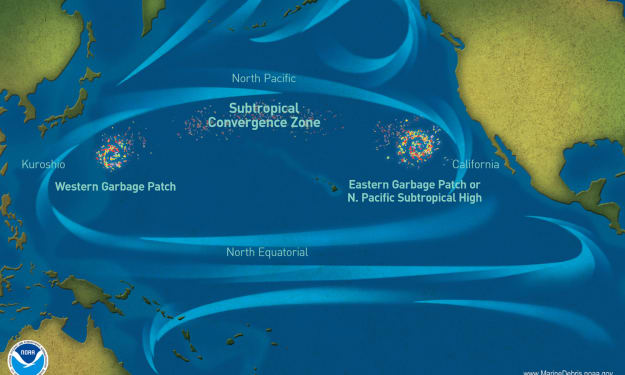Have you ever wondered why we haven't considered covering the desert with solar panels?
A billion dollar question.

Did you know that the Sahara Desert experiences scorching temperatures of up to 80° Celsius every day? This vast desert, spanning approximately nine million square kilometers, receives a staggering 22 million terawatt hours of energy from the Sun annually. Surprisingly, this amount is over 100 times greater than the energy consumed by humanity each year. With such an abundance of sunlight, one might wonder if covering the desert with solar panels could be the ultimate solution to our energy problems.
Solar panels function by harnessing the energy of light particles that strike their surface, causing electrons to be released from their stable bonds. As these electrons seek stability once again, they generate electricity. However, there is a limit to the power that solar panels can generate. They can only interact with specific wavelengths of light, which means that they are unable to convert more than half of the sunlight they receive. Additionally, even the light particles they can convert often bounce off the panels without ever hitting an electron.
Nevertheless, thanks to the ingenuity of scientists and engineers, as well as significant government investment, solar panels are now generating more electricity than ever before. By incorporating anti-reflective coatings and patterns on the panels' surface, more opportunities are created for incoming light particles to strike electrons. These innovative techniques have significantly increased the efficiency of commercial solar panels, with some experimental models reaching an impressive 47%, compared to the initial low teens.
Moreover, solar energy has become 89% more affordable in the past ten years, thanks in part to global supply chains that support other technologies using similar materials. As a result, solar power has become the most cost-effective source of electricity on Earth. Several countries, such as India, China, Egypt, and the US, have already embraced these new solar panels in their desert regions. These countries have established massive solar farms spanning from 15 to 56 square kilometers. When the sun is at its peak, these farms can generate energy to power hundreds of thousands of residents. However, these farms face a challenge of excessive heat. Any light that solar cells cannot convert or reflect is absorbed as heat, which reduces the efficiency of the panels.
Many farms use cooling systems that consume significant amounts of energy to maintain optimal temperatures, either through fans or water circulation. Despite these systems, solar panels in the desert still absorb more heat compared to the natural sandy environment. While this hasn't been a major issue for existing solar farms, covering the entire Sahara with solar panels could potentially cause significant climate changes in the region. The construction of solar farms already disrupts local ecosystems, but a project of this magnitude could dramatically alter the desert landscape. Fortunately, solar panels are not our only alternative. Some of the world's largest solar plants are exploring a new approach: utilizing giant mirrors.
Morocco's Noor Power Plant, situated in the Sahara, is a concentrated solar power plant that covers approximately 30 square kilometers. This innovative design uses mirrors to reflect sunlight onto a receiver, which then converts the energy into heat and ultimately electricity. While these mirrors can pose a risk to local wildlife due to the temperature shift they create, they have a lesser impact on the overall landscape. One advantage of these plants is that they can continue generating electricity even after sunset, thanks to the gradual cooling process of the heated materials.
Whether utilizing panels or mirrors, industrial solar farms can easily integrate into existing energy infrastructure. However, expanding their electricity distribution beyond local power grids remains a challenge. Some countries are exploring ways to connect electric grids globally, while others store excess energy in large batteries or convert it into clean gas for future use. Unfortunately, these techniques are currently expensive and inefficient to rely on. Moreover, industrial renewables face similar issues as fossil fuels, such as destructive mining operations and carbon-emitting global supply chains.
Thankfully, solar energy can be implemented on various scales, from large-scale industrial farms to smaller installations that power individual buildings and rural communities. These projects can either supplement existing energy sources or serve as a primary energy solution for off-grid regions. Additionally, solar panels are quick to install and can be easily updated due to their simple components. This flexibility has contributed to the affordability and widespread adoption of solar energy in the past decade.
Therefore, to meet the growing energy demands of humanity, we must explore solutions on both a large and small scale.
Paraphrased from the work of Dan Kwartler
About the Creator
Enjoyed the story? Support the Creator.
Subscribe for free to receive all their stories in your feed. You could also pledge your support or give them a one-off tip, letting them know you appreciate their work.






Comments
There are no comments for this story
Be the first to respond and start the conversation.